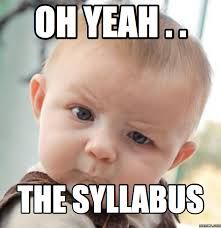Online Activity: Open Science in Psychology
A set of lecture slides (created by Dr. Benjamin Le) entitled, “Open Science in Psychology: Why, What, & How.“ This stylish slide deck reviews the problem (i.e., the replication crisis) including several examples of failed replications, questionable research practices, and provides potential solutions (e.g, using open science concepts). Please click here for the file.
Online Activity: Open Science in Psychology Read More »

